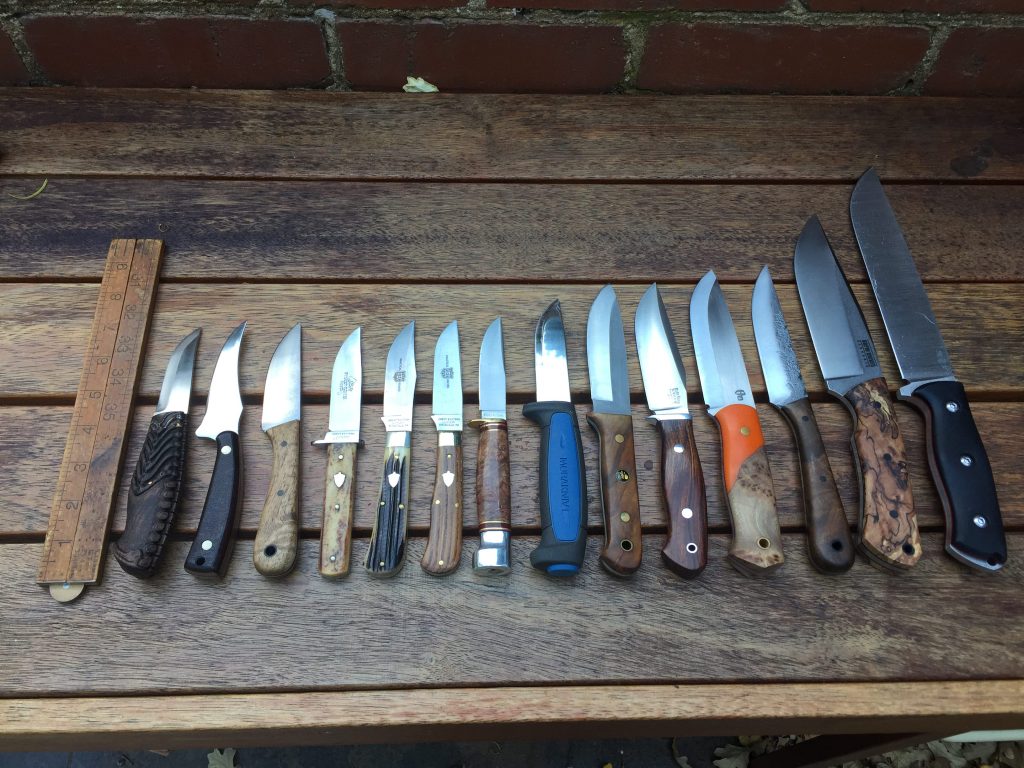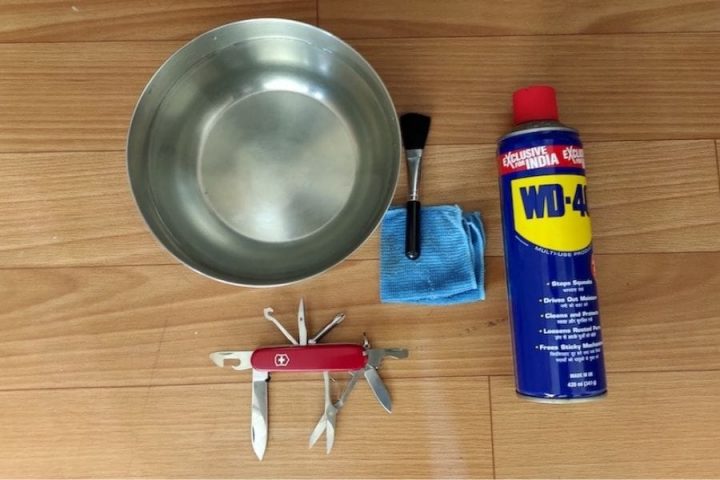Blades are more than just a weapon, they are an extremely handy survival tool. Whether you are hiking through the woods or taking part in any adventure, a good pocket knife is essential. Getting lost or needing to prepare for an emergency, a good blade will be there for you when you need it most. While there are plenty of variations of tactical knives and military-inspired blades on the market, it can be hard to know which one is best. To combat this, it helps to become familiar with the different types of survival knives and their specific uses.
Different Uses for Survival Knives
Survival knives are manufactured for military and hunting purposes, but there is no difference in functionality between the two. In fact, survival knives have evolved into the most essential tools that are needed when venturing into the great outdoors or into war.
There are many different available types of rescue knife Australia wide, but when choosing one you should consider what you will be using the knife for. If you will be using it often, it is important to find a design that is comfortable and works efficiently.

The first thing to think about when you’re choosing a survival knife is its size. You don’t want a knife that is too large because it could be awkward if you need to carry it with you. On the other hand, you also don’t want one that is so small that it doesn’t cut well or isn’t strong enough for your needs.
The shape of the blade can also come into play when choosing your ideal blade. Many manufacturers offer blades that are thick and heavy-duty or thin and sharpened on just one side. When deciding what shape would work best for your needs, consider whether or not you would need to use your knife for digging as well as cutting and whittling. A thicker blade will not be able to dig as easily as a thinner blade, but it also can withstand more abuse without bending or breaking.
Types of Survival Knives
There are various types of rescue knife for sale available on the market today. The most common type is the pocket knife which is also one of the most essential items that every human being needs to have while venturing into the wild.
A pocket knife will help you perform many daily tasks such as cutting cordage, preparing food, building shelters and even defending yourself against dangerous animals. The other type is known as a fixed blade knife. Fixed blade knives are considered to be more durable than pocket knives because their blades are connected directly to their handles and cannot easily become dislodged or broken off.

Many people consider fixed blade knives superior for defensive purposes because they’re easier to aim quickly at an attacker and harder for opponents to disarm. However, this also makes them somewhat heavier and bulkier than a pocket knife so you will have to make a decision about which type of survival knife works best for your situation.
Size
The size of a survival knife is an important consideration as it must be large enough for certain uses without being so long that it becomes cumbersome. The blade should be between four and six inches long with several different areas along the blade that can be used for different purposes. The tip should be small enough to use for precise cutting but strong enough not to break when used on hard objects. The middle portion of the blade should be thick enough to hack through a thick brush while the base should be wide enough to use as a hammer.

Metal
There are two main types of metal used in survival knives: stainless steel and high carbon steel. Stainless steel blades are rust-resistant and hold their edge longer than high carbon blades; however, they are more prone to breakage. High carbon steel blades are more flexible and easier to sharpen but will rust when not cared for properly. It is important that you choose a blade that fits your needs and is suited for your environment. Whether it’s hunting or surviving in the desert, choosing the right blade can be a matter of life and death.

Aftercare and Sharpening
Your survival knife is a precision instrument and needs to be properly cared for before attempting to use it for any task. In order to break in a new blade, it is suggested that one use the blade on various materials such as cardboard or wood until it becomes sharp and pliable.
Before use, the blade should be cleaned with a solvent such as WD-40® or gun oil which will prevent rust from forming if moisture is present. After cleaning, dry the blade by wiping it with a soft cloth or chamois.

After each use, wipe your survival knife clean of any debris that may have accumulated during use, apply light machine oil to lubricate all moving parts, wipe off any excess oil, then store in a sheath or cover until the next use.
If the blade of your survival knife becomes nicked or dinged during normal use over time, this can be removed by using fine-grit sandpaper. Sand in one direction using only light pressure and never sand across the grain.
By doing this you will not only remove any imperfections but also help to keep the blade sharp. The longer you can keep your knife sharp, the less likely it is that you will cause damage to the edge by trying to cut with a dull knife.

To Sum Up
Whichever rescue knife Australia model you choose, it’s essential that you’re familiar with how to use the blade and its various components. Be sure to practice with your knife until you are comfortable with it so that it will be there for you when you need it most.
While a good blade can put your mind at ease, knowing how to use it properly will help take some of the stress out of any situation that you find yourself in. Not only should a good blade make you feel better prepared, but having the peace of mind that comes from knowing how to use your knife in an emergency could just save your life one day.